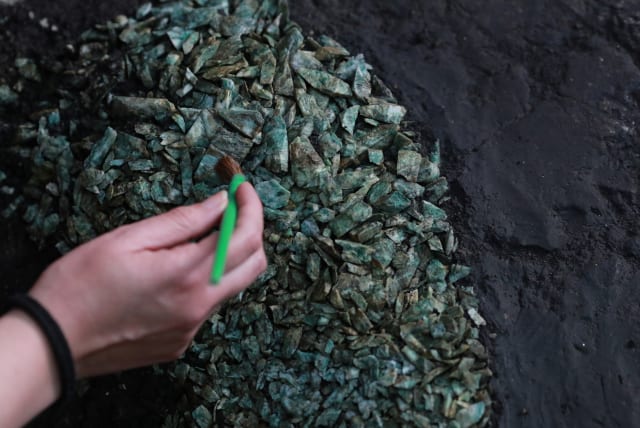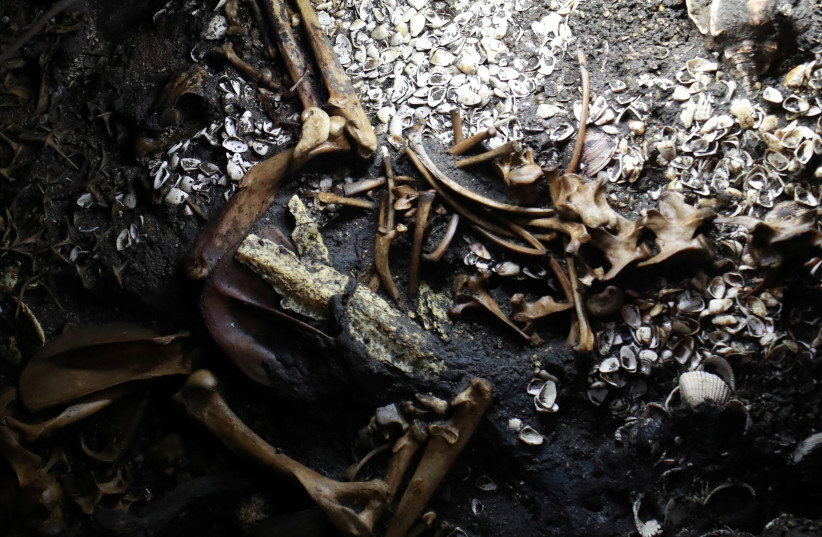Aztecs at Basin of Mexico kept accurate calendar using sunrise and mountains

Archaeologists have found a long straight stone on Mount Tlaloc in the Basic of Mexico which aligns with the sun as it rises on February 23 or 24.
Archaeologists have found a long straight stone on Mount Tlaloc in the Basin of Mexico that aligns with the sun as it rises on February 23-24.
The peer-reviewed study was published in the Proceedings of the National Academies of Sciences (PNAS).
The Aztecs believed that the stratovolcano mountain was the dwelling place on earth for their rain god, Tlalocan.
The Aztecs would use the mountain for ceremonies, offerings and the lives of young Mesoamericans were offered to Tlaloc there to please him at the beginning of the rain season.
Many scholars believe that Aztec temples were used as a symbolic representation of Mount Tlaloc, such as the famous Aztec capital of Tenochtitlan.
What was the study?
A team of archaeologists led by Exequiel Ezcurra conducted a study in order to observe the stone.
They found that the stone lines up with the sun perfectly as it rises on the 23rd or the 24th of February. "The importance of Mount Tlaloc as a calendric landmark seems to be corroborated by illustrations and texts in ancient Mexica codices," the archeologists wrote.
Their study was focused on the solar calendar that regulates the cycles of agriculture. Their central hypothesis for the study was that the mountain was a central tool for adjusting the calendar to the solar year.
The archaeologists looked at four hypotheses throughout their research. The first is that "the eastern horizon landmarks could have provided a series of reference points that would have allowed the adjustment of the agricultural calendar to the solar year," they wrote in the paper.
The second hypothesis was that there was "evidence in the texts of early chroniclers and codices that the Mexica people were indeed using horizon landmarks to follow the dates of the solar year."
The third hypothesis was about their ancient construction on Mount Tlaloc that "seems to have been used as a fixed solar observatory built for the purpose of calendric adjustments."
The fourth was before the foundation of Tenochtitlan and the Aztec dominion in the Basin of Mexico, "other large agricultural civilizations that preceded them were also using the Basin's mountainous horizon for calendric purposes."
Jerusalem Post Store
`; document.getElementById("linkPremium").innerHTML = cont; var divWithLink = document.getElementById("premium-link"); if (divWithLink !== null && divWithLink !== 'undefined') { divWithLink.style.border = "solid 1px #cb0f3e"; divWithLink.style.textAlign = "center"; divWithLink.style.marginBottom = "15px"; divWithLink.style.marginTop = "15px"; divWithLink.style.width = "100%"; divWithLink.style.backgroundColor = "#122952"; divWithLink.style.color = "#ffffff"; divWithLink.style.lineHeight = "1.5"; } } (function (v, i) { });

